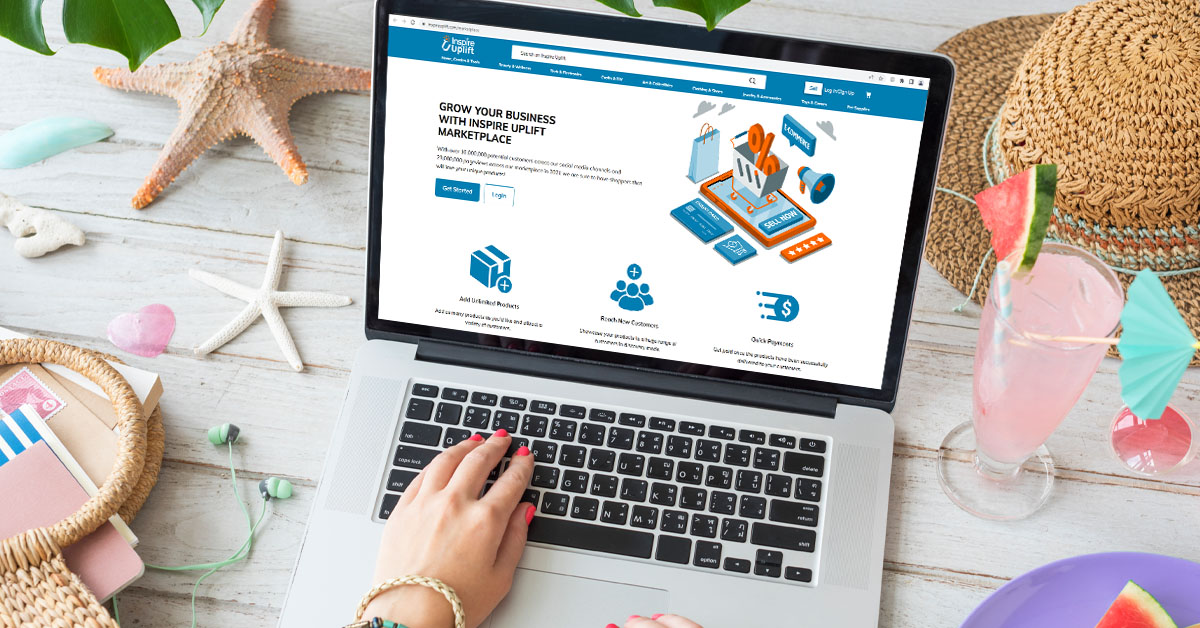Ecommerce and digital business are there to stay. In fact, online retail sales will reach a whopping $6.17 trillion by 2023 (Shopify data).
So if you own a brick and mortar business and want to skyrocket your sales online…
Or want to start a business that doesn’t need a lot of investment…
Online product selling is the way to go. Wouldn’t you love it if you could:
- Sell products worldwide to millions of customers.
- Amplify your sales.
- Make your brand global.
- Get money from customers through multiple channels.
- Get orders from people while you sleep.
Sure you would. But how to sell products online? Here is our 6-step guide that anyone, including you, can implement.
Table of Contents
1. Product research

How to sell items online if you don’t have any products, right? Now, if you already have a business, you have a selling product at your disposal. Carry on with it.
But if you are starting a new business, there are 3 types of products that you can consider.
- Handmade/DIY Products:
These are the products that you make yourself. It could be lava lamps, wall décor frames, succulent planters, watch bands or crochet hats. You can charge a high price for these products and people will be willing to pay for them.
But the quality and value it brings should satisfy your price.
- Wholesale products
These are the products that are produced in large quantities. You can get them from wholesalers, make their inventory, post them online and sell them individually when you receive their order.
When choosing wholesale products, give special attention to their ratings, your business model and ease of shipping. Don’t just blindly choose the trending products – be farsighted with your selection.
- Niche products
These are the products that target a specific section of customers. They may not be largely used by everyone but there will be a pool of customers that would die to get them.
Take the example of VectorBY. It is an online business targeted at selling digital laser cut files.
Or Beautiful rocks, which sells vintage rocks and specimens that have magical and healing powers.
You can also carry out product research using platforms like:
Trendhunter: gives a daily dose of the world’s most innovative and trending products.
PSFK: provides personalized trends and research that will help you stay ahead of the curve.
Inspire Uplift: has hundreds of popular products which were loved by the customers. You can scour their categories to find products that received raving reviews and look if you can find similar products from your supplier or wholesaler.
2. Market research

Now that you have decided on which product/products to sell online, you move to the next step, which is market research.
Answer the following questions:
- Is your target market growing?
- Are there similar products in the market? If yes, what are their shortcomings?
- What price are your customers willing to pay for this product?
You can make it the first step and carry out the product research after it as well
You should also carry out online surveys to understand your target audience better. Post pictures and videos of your product and look at the comments that you receive.
This will help you understand how your product will potentially behave in the real market. Pricing will be done at this stage too. And don’t assume that a lower price than your competitors is always better.
People pay for the value – if your product scores high numbers in this regard, they will pay you a premium price.
3. Selling the products

To sell products online successfully, you need to have an interactive and user-friendly online store. Many business owners would feel apprehensive about creating a website due to their lack of technical knowledge, or maybe they don’t have the finances to hire a coder, but it’s 21st century, people.
You can create a beautiful online store without writing a single line of code. And there are easier methods as well. We will discuss 3 of them.
i. Personal website of the online store
There are many SaaS ecommerce platforms that will allow you to design a website after paying a manageable monthly fee. You can list your products there, manage the inventory, arrange the shipping and everything else.
ii. Online marketplaces
You can become a seller on the existing gigantic marketplaces as well. This is the best option for small business owners who don’t own a lot of investment.
Why is that?
- Because you don’t have to invest the time and money to make your own website.
- You will get access to millions of customers who are already shopping from that marketplace.
- Existing features and mechanisms of the marketplace let you manage the overall selling process quite easily.
Choose an established and recognizable marketplace like Inspire Uplift to start and grow your online store exponentially. The great thing about it is that there is no membership fee which means you can start completely free and add as many products as you want.
You can customize your profile, manage your inventory, add attractive media in the product descriptions and track your results. What else do you need?
The design of this marketplace is quite intuitive and understandable. Your products, provided you put in the right content, will appear beautifully (potentially irresistibly) in front of the customers.
iii. Social media channels
And this refers to social media platforms like Facebook and Instagram.
Instagram has over 1.44 billion monthly active users in 2022 while Facebook’s active users count touches 2.9 billion. These stats prove how big of a field you have in front of you to capitalize on.
You have to create an account on Facebook Marketplace or Instagram Shopping, choose the relevant category, answer some basic questions and get started. These platforms will receive a fixed commission on each sale you make.
You can also choose to come Live, share pre-launch posts, post videos and photos of your product, create a product hashtag and do so much more.
Inspire Uplift makes a fair amount of their total sales from their Facebook, Instagram and Pinterest pages.
4. Setting up shipping and payment processes

How to sell products online if you don’t have an efficient system in place for receiving payments and managing shipping?
If you opt for an online marketplace or social media platforms, you can simply choose their payment processes. But if you are planning to start selling using your own website, you need to integrate third-party online payment service providers like Stripe, Paypal, Square, etc or go for invoicing platforms like QuickBooks, Zoho and Wave.
These payment processors will move the funds from your customer’s account to your account while keeping the financial details secure and encrypted.
Other methods include payment through Credit/Debit card and Digital wallets (Google Pay, Apple Pay, etc.)
As for the shipping process, you have to choose domestic shipping services for local orders and international shipping for global orders. Managing the logistics, analyzing the fees, determining the costs and deciding on the time of delivery – you have to be extremely smart in getting this right.
We would recommend having a system where you can offer free shipping to the customers because they love it. In fact, Shopify stats showed that 66% of customers expect free shipping on their online orders.
But even if you can’t, keep it low by adjusting it in the product price, otherwise it will become a restriction in the buying process of your customers.
5. Creating quality content

It takes so much effort to land a visitor on your product; you’d be stupid to let them bounce due to the poor quality of your content.
Having quality content is critical in making or breaking a sale.
Since online customers cannot touch or feel the product shown, it’s the images and the description that they’ll observe through. Make them so appealing, engaging and informative that they have no unanswered questions regarding the product.
Generally speaking, the images should:
- be high-quality and real-life (they should explain the working of the product).
- be taken in bright light from every angle if you are doing product photography yourself.
- be compressed, so they load quickly on mobile and desktop.
The product description is significant too. It should:
- hook their emotions through a story. Try to target their pain points and highlight how your product will give them the desired result.
- describe every detail of the product in digestible chunks. Make bullets and have bold headings.
- have separate sections for the technical details and benefits. Some customers want to read the specifications, while others only want to look at how the product will help them with their problems. Optimize for both.
6. Promoting products

So now you are very close to selling your product online. But there’s still advertising left because it is crucial to get your products in front of the right people.
Unless your business gains visibility, chances of making profits are minimal. So how do you do that?
- Run Ads on Google
- Invest in SEO (Search engine optimization) to gain organic traffic
- Opt for influencer marketing (people love to buy products their favorite stars recommend)
- Share stories on Instagram, Tiktok and Facebook
- Have a YouTube channel and post regular, high-quality content there
- Join WhatsApp and Facebook groups and share your products there without sounding salesy
- Get onto billboards and signboards
- Send SMS and emails to your subscribers
Concluding lines
A profitable digital business requires planning, strategy and implementation. But don’t be overwhelmed; if you follow these steps, your process will become so much simpler.
Online stores have huge potential both in terms of sales and brand building. Make one and see the results yourself.

